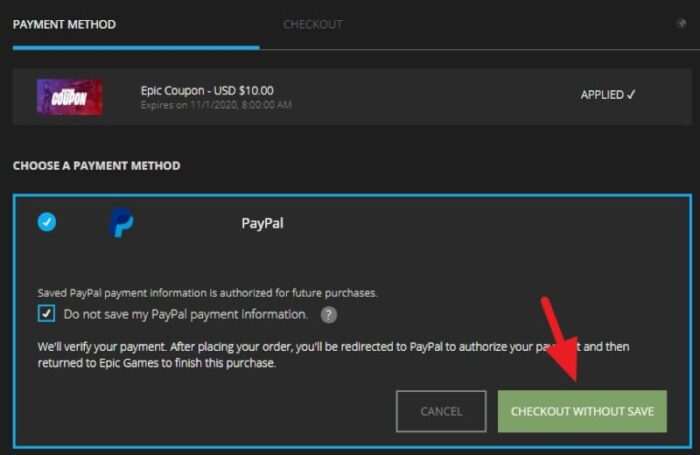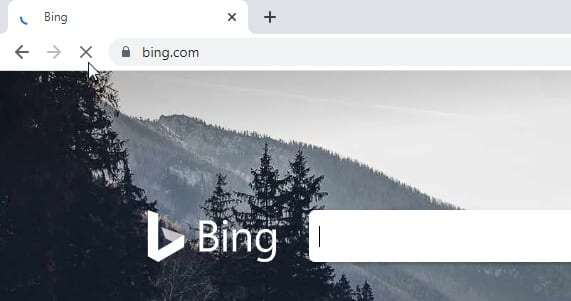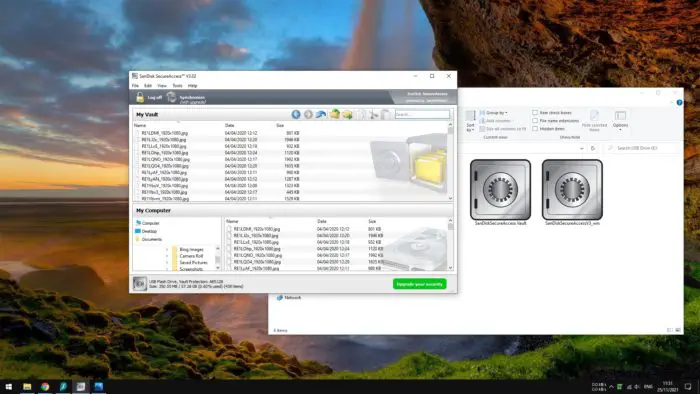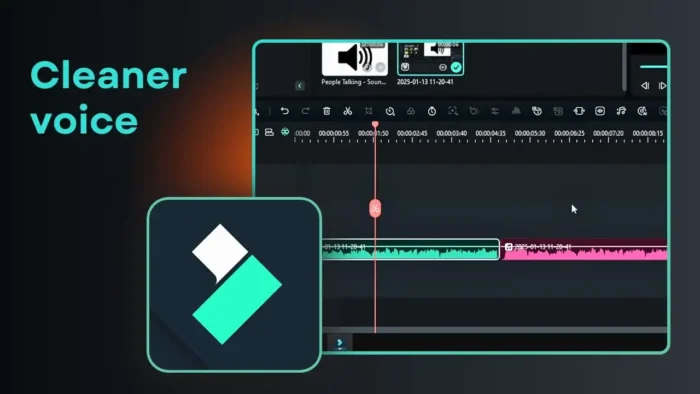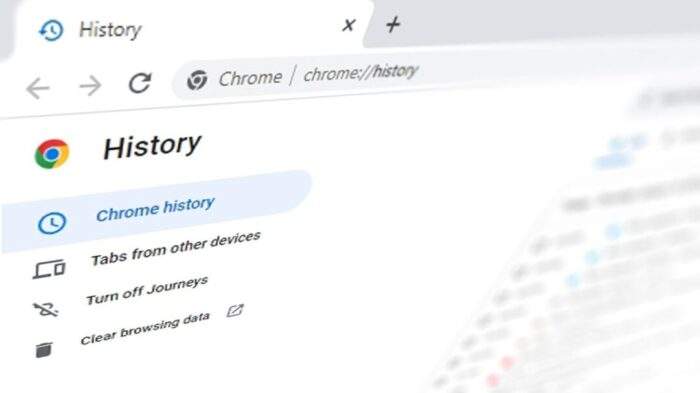In general, taking a screenshot on a computer is as simple as pressing the PrintScreen button and pasting the captured image to an editor app. This process is getting easier as Microsoft released ‘Screen snip’ on Windows 10 that allows you to set a specific area of the screen you want to capture.
However, capturing an entire web page seems to be out of the question, at least without involving a third-party app. So, how to take a full long web screenshot, and what tools do we need to achieve that?
In this article, I have two options you could try. One is for capturing a full web page, and the other can be used universally on almost any kind of long content.
Table of Contents
#1 How to take a full web page screenshot with a browser extension.
There are plenty of ‘screen capture’ extensions that would get you the same result. But an extension named ScreenShot Capture & Editor Tool is so far the easiest and fastest tool to get the job done. It’s available for Chrome, Edge, Brave, and other Chromium-based browsers.
1. Install the ScreenShot Capture & Editor Tool extension here.
(For Firefox users, take a look at Full Web Page Screenshots add-on)
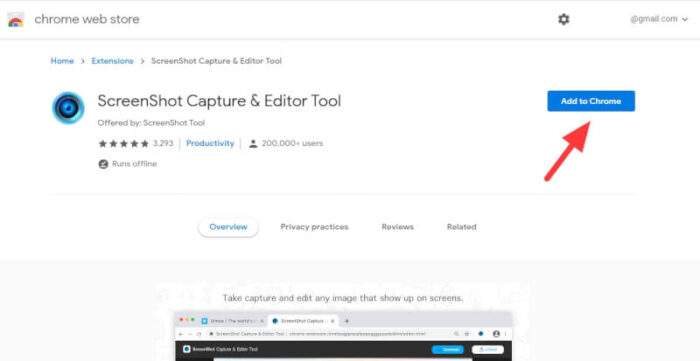
2. Go to the web page you want to capture, and click on the extension icon.
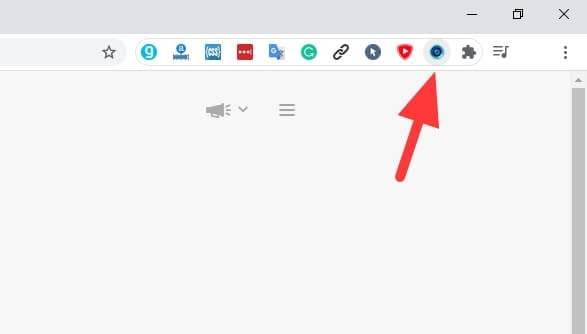
3. When done, a new tab will appear, showing a full screenshot of the page. You can save it through the “Download” button.
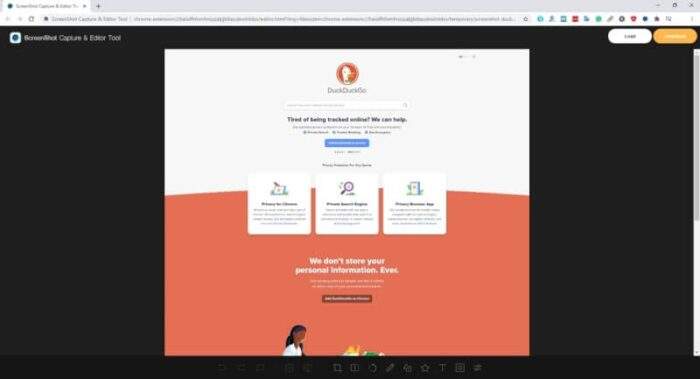
This browser extension scans a web page really fast and giving basic editing features before saving it to your device. As the name suggest, it only serves web content and even omit from screenshotting a PDF document opened in the browser.
#2 How to a long screenshot using with PicPick
PicPick is a lot like Paint 2.0 but with extra modern features. It includes a variety of screenshot functions. One of them is Scrolling Window where it lets you capturing any long content, whether it’s a web page, document, or just a bunch of files on Windows Explorer. The software is free for personal use.
1. Download and install the free version of PicPick here.
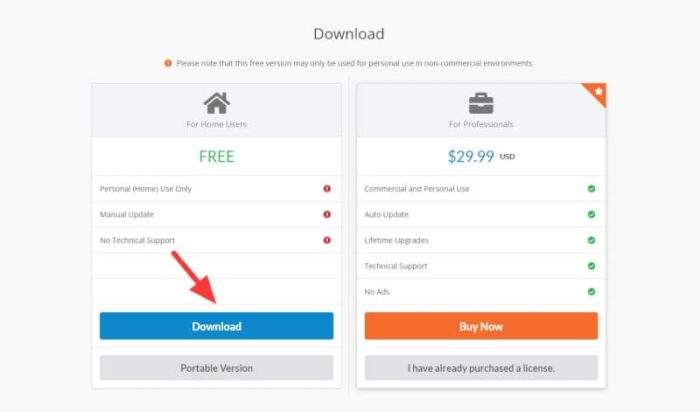
2. Launch the app, then select Scrolling Window.
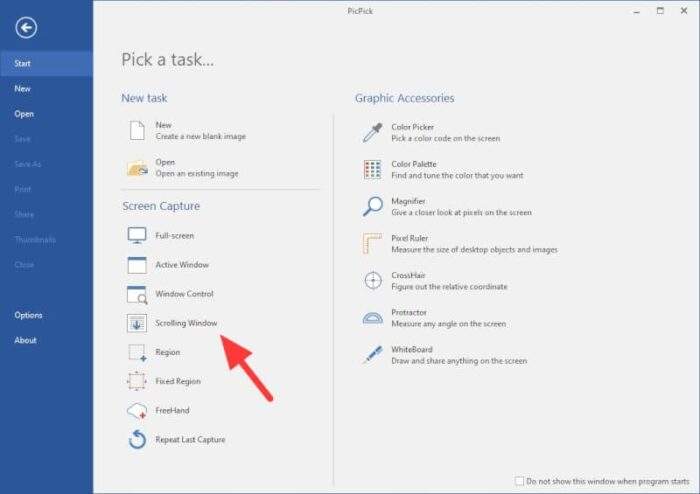
3. Select the area you want to capture. It will be highlighted in a red shape.
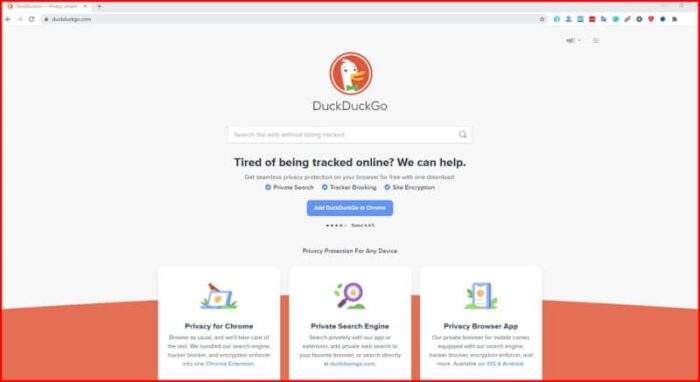
4. Wait for PicPick for finishing the screenshot. Please don’t move the cursor to another window. It best to leave the app until the process finished.
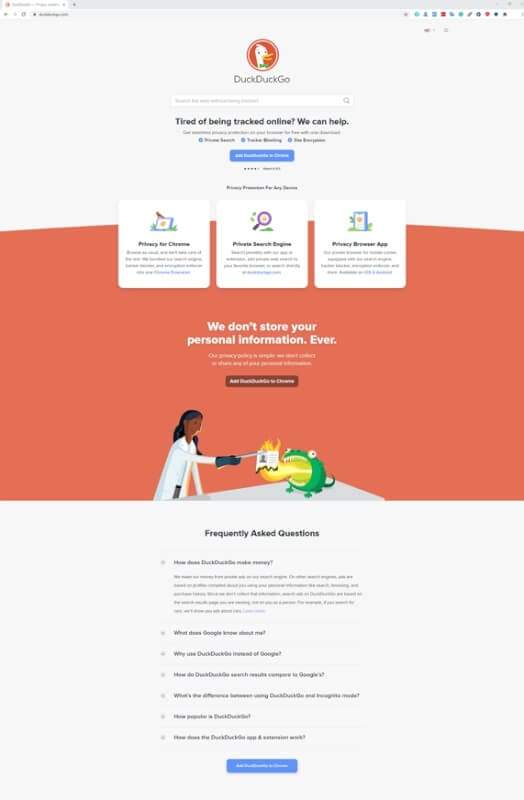
5. Once done, PicPick will show you the result and you can save it to your computer.
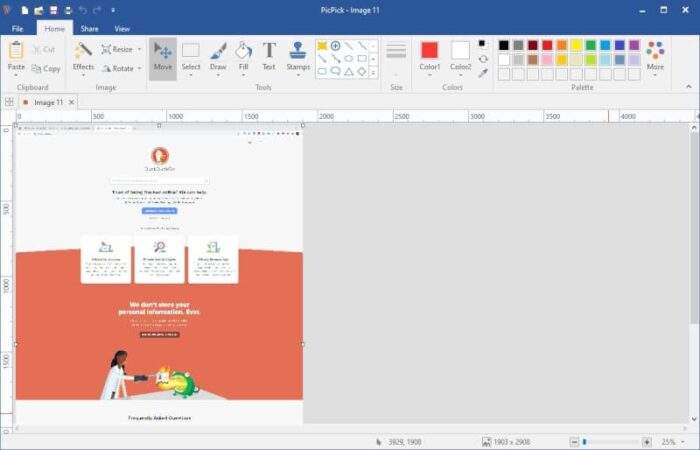
The Scrolling Window is working by taking a ‘localized’ screenshot one at a time each time it scrolls through the page. The overall process may a lot slower than the previous method, but the fact that it supports virtually any content may be worth keeping the program.
Additional Tip: Using Built-In Browser Tools for Full Page Screenshots
Did you know that many modern browsers now come with built-in tools to capture full-page screenshots? This method eliminates the need for third-party extensions and keeps the process simple.
Steps for Chrome:
- Open the webpage you want to capture.
- Press
Ctrl + Shift + I(Windows) orCommand + Option + I(Mac) to open Developer Tools. - Press
Ctrl + Shift + P(Windows) orCommand + Shift + P(Mac) to access the command menu. - Type “screenshot” and select Capture full-size screenshot.
- The image will automatically download to your device.
Steps for Firefox:
- Right-click on an empty part of the page and select Take Screenshot.
- Choose Save full page.
- Download the screenshot directly.
Steps for Microsoft Edge:
- Click on the menu (
...) in the top-right corner and select Web Capture. - Choose Full page and save your screenshot.
These built-in options are fast, reliable, and perfect for those who prefer not to install additional software. For more advanced features like annotations or file format options, extensions like GoFullPage or FireShot remain excellent choices.
FAQ
What is the best tool for capturing full-page screenshots?
For simplicity, browser extensions like GoFullPage are highly recommended. If you need editing features, try FireShot.
Can I take a full-page screenshot without installing an extension?
Yes! Most browsers like Chrome, Firefox, and Edge have built-in tools for capturing full-page screenshots. These tools are easy to use and require no additional installations.
What’s the difference between using extensions and built-in tools?
Extensions often provide extra features like annotations, file format options, or sharing capabilities, while built-in tools focus purely on capturing the screenshot.
Do these methods work on all websites?
Built-in tools and extensions work on most websites but may struggle with pages containing dynamic content or heavy animations.
Is PicPick suitable for professional use?
Absolutely! PicPick offers advanced features like scrolling window capture and an intuitive editor, making it ideal for designers and developers.
By exploring these methods, you’ll find the perfect solution tailored to your needs!

